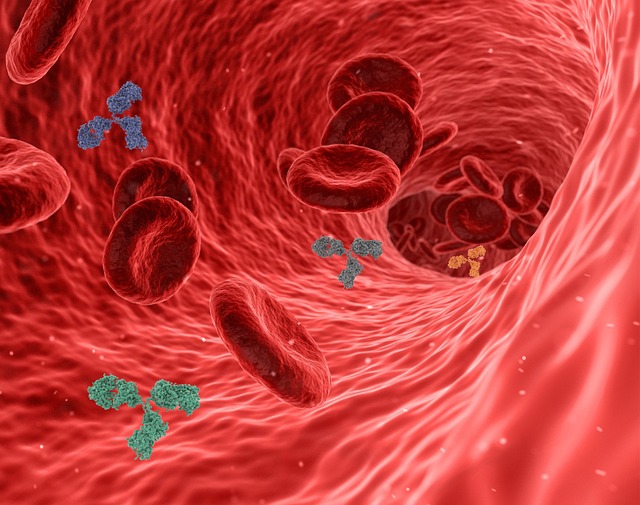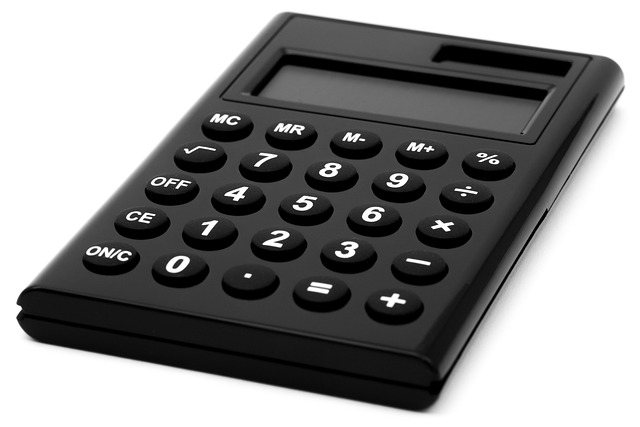
The P-value: What Does Less Than 0.05 Mean?
In the world of research and statistics, the p-value is a term that often pops up, especially when discussing the significance of results. It’s like the secret code that helps researchers determine whether their findings are meaningful or just a product of chance. So, what does it mean when we say a p-value is less than 0.05? Let’s dive into this fascinating topic!
What is a P-value?
The p-value, or probability value, is a statistical measure that helps scientists understand the strength of their findings. It essentially tells us the likelihood of observing the data, or something more extreme, if the null hypothesis is true. The null hypothesis is a default position that assumes no effect or no difference. When researchers conduct experiments, they want to see if they can reject this null hypothesis based on the evidence they gather.
Why the 0.05 Threshold?
Now, let’s talk about the magic number: 0.05. This threshold is commonly used in hypothesis testing to determine statistical significance. If the p-value is less than 0.05, it suggests that there is less than a 5% probability that the observed results are due to random chance. This is often interpreted as evidence that the effect or difference being studied is likely real and not just a fluke.
Interpreting P-values
It’s essential to understand that a p-value less than 0.05 doesn’t mean that the results are “significant” in a grand sense. It simply indicates that the evidence against the null hypothesis is strong enough to consider the findings noteworthy. However, researchers can choose different significance levels depending on their study’s context. Sometimes, they might set a more stringent threshold, like 0.01, especially in fields where false positives can have serious consequences.
Examples of P-values in Action
Let’s take a look at a couple of examples to clarify this concept:
- Clinical Trials: In a clinical trial testing a new medication, researchers might find a p-value of 0.03 when comparing the medication’s effectiveness to a placebo. This suggests that there is a statistically significant difference, and the medication may indeed work better than doing nothing.
- Behavioral Studies: Imagine a study looking at the impact of a new teaching method on student performance. If the p-value is 0.07, it indicates that the results are not statistically significant at the 0.05 level, meaning the researchers do not have enough evidence to claim that the new method is better than traditional teaching.
Limitations of P-values
While p-values are a valuable tool, they are not without their limitations. A common misconception is that a p-value can tell us the probability that the null hypothesis is true. This is not the case! A p-value only indicates how compatible the data is with the null hypothesis. Additionally, p-values can be influenced by sample size; larger samples can lead to smaller p-values, even for trivial effects. Therefore, it’s crucial to consider the context and the practical significance of the findings alongside the p-value.
Conclusion
In summary, a p-value less than 0.05 is a signal that researchers may have found something noteworthy in their data. It’s a stepping stone in the journey of scientific inquiry, guiding us to explore further and understand the complexities of the world around us. So, the next time you come across this term, you’ll know that it’s more than just a number—it’s a glimpse into the fascinating realm of research and discovery! 🌟




















 Biology at Tufts University
Biology at Tufts University 
 Health
Health  Fitness
Fitness  Lifestyle
Lifestyle  Tech
Tech  Travel
Travel  Food
Food  Education
Education  Parenting
Parenting  Career & Work
Career & Work  Hobbies
Hobbies  Wellness
Wellness  Beauty
Beauty  Cars
Cars  Art
Art  Science
Science  Culture
Culture  Books
Books  Music
Music  Movies
Movies  Gaming
Gaming  Sports
Sports  Nature
Nature  Home & Garden
Home & Garden  Business & Finance
Business & Finance  Relationships
Relationships  Pets
Pets  Shopping
Shopping  Mindset & Inspiration
Mindset & Inspiration  Environment
Environment  Gadgets
Gadgets  Politics
Politics 